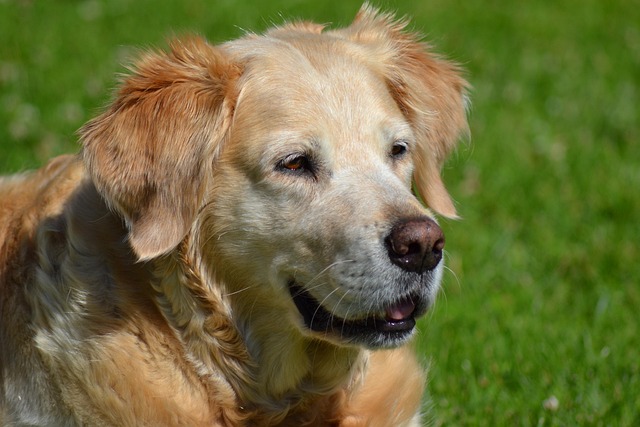
When should I worry about my dog's eyes
That worried feeling when your pup squints in the bright afternoon sun during your neighborhood walk or has a bit of goop in the corner after a nap – is it normal, or time to panic?
If you’ve ever run your hand through your dog’s fur and noticed it feels more like straw than silk—dry, brittle, and prone to tangles—you’re probably wondering how to bring back that soft, shiny look. A new dog parent in Arizona texted me last week, worried about her lab mix: “His coat used to be so smooth, but after the dry winter, it’s rough, and he’s scratching more. What can I put on him?” Moisturizing your dog’s fur isn’t just about looks—it helps protect their skin, reduce shedding, and keep them comfortable. The key is using safe, dog-friendly products that nourish without irritation. Let’s break down what works, why it matters, and how to make it a pleasant routine for both of you.
First, why fur gets dry in the first place. A dog’s skin produces natural oils that act like a moisturizer, keeping fur soft and water-resistant. But this balance gets thrown off easily: over-bathing with harsh shampoos strips those oils, dry winter air (or AC in summer) zaps moisture, and even low-quality food lacking essential fats can leave fur looking dull. Breeds with short coats (like beagles) or double coats (like huskies) are both vulnerable—short fur has less protection from the elements, while double coats can trap dry skin under thick layers. A 2023 study in Veterinary Dermatology found that dogs with dry fur are 25% more likely to scratch excessively, which can lead to hot spots or infections—so moisturizing is about more than aesthetics.
Let’s start with the safest, most accessible option: coconut oil. Unrefined, organic coconut oil is gentle, natural, and safe if your dog licks it (which they will). Warm a small amount (a teaspoon for small dogs, a tablespoon for large breeds) in your hands until it melts, then massage it into their fur, focusing on dry patches. Avoid their eyes and paw pads (it can make them slippery). My neighbor in Colorado uses this on her golden retriever: “After a bath, I rub a little into his back legs—they used to be flaky, but now they’re soft as a blanket. He loves the massage, too.”
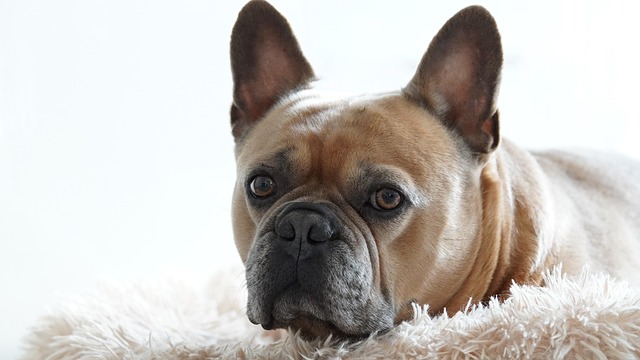
Fish oil supplements are another winner, but they work from the inside out. Rich in omega-3 fatty acids, they boost skin health and make fur glossy. Add a vet-recommended liquid fish oil to their food (follow dosage based on weight—too much can cause upset stomachs). A friend in Texas swears by this for her pit bull: “His fur was so dry, you could see his skin through it. After 6 weeks of fish oil, it’s thick and shiny—no more scratch marks on the couch.”
Dog-specific conditioners are designed to lock in moisture without stripping oils. Look for formulas with oatmeal, aloe vera, or shea butter—skip human conditioners, which often have fragrances or chemicals that irritate dog skin. Use it after a bath: apply a small amount, work it through their fur, then rinse lightly (leaving a little residue helps moisturize). A poodle owner in my local park uses this: “I bathe her once a month with conditioner, and her curls stay soft—no more matting.”
Make moisturizing a positive ritual. Dogs hate feeling restrained, so never hold them down or scold them if they squirm. Start with short sessions: apply a tiny bit of oil, offer a freeze-dried chicken treat, then stop. Over time, they’ll learn to associate the process with good things. A rescue terrier I worked with in Oregon used to flinch when touched—now she leans into the coconut oil massage, tail wagging, because she knows a snack is coming. Stress dries out skin further, so kindness works better than frustration, just like with training.
Let’s tie this to real-world norms. Legally, keeping your dog’s rabies vaccine current (required in all U.S. states) supports overall health—healthy dogs have healthier skin and fur, so regular vet check-ups help catch issues like thyroid problems (a hidden cause of dryness). In apartments, run a humidifier (aim for 30-50% humidity) to fight dry air from heaters or AC—this helps their skin retain moisture, reducing the need for extra moisturizers. When out walking, if you’ve applied oil, wipe their paws gently with a towel before entering public spaces (like coffee shops) to avoid leaving greasy prints—polite pet ownership goes a long way. And always carry poop bags (fines hit $250 in Seattle)—moisturizing your dog’s fur doesn’t excuse skipping basic responsibilities.
At the end of the day, moisturizing is about balance. A little coconut oil, a quality conditioner, or fish oil in their bowl can make a world of difference. When your dog trots over, fur soft and shiny, and leans into your hand for pets? That’s the best proof your efforts are working—happy, healthy fur is happy, healthy dog.

That worried feeling when your pup squints in the bright afternoon sun during your neighborhood walk or has a bit of goop in the corner after a nap – is it normal, or time to panic?
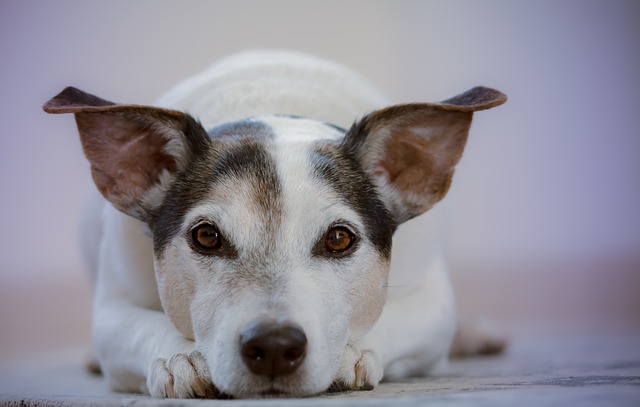
Waking up to the sound of your dog retching is enough to make any new pet parent panic.You rush over to find a small puddle on the living room rug,and suddenly you're hit with that urgent question:should you hold back their food to let their tummy settle?
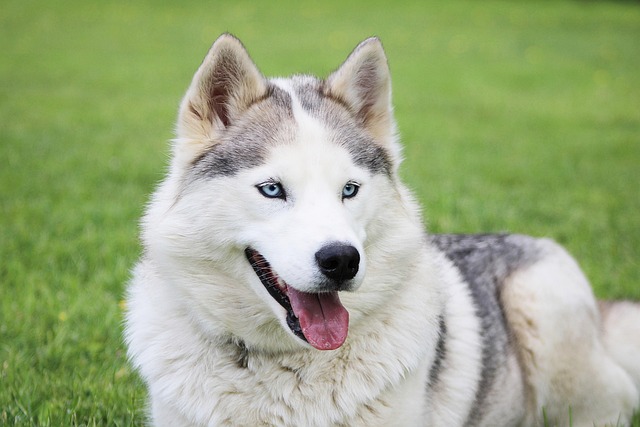
Husky puppies are little bundles of energy with a metabolism that burns through calories like a sled racing across snow. Their bodies need specific nutrients to support that nonstop activity, growing muscles, and thick double coats.
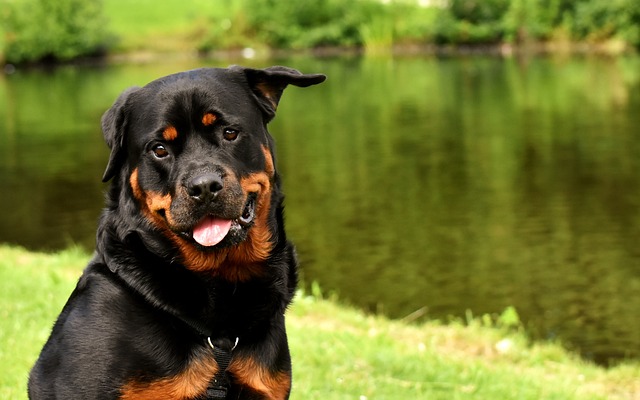
Does brushing a dog help with dandruff? If you’re a new dog parent in the US, you’ve probably stared at the white flakes on your couch, then at your pup’s brush
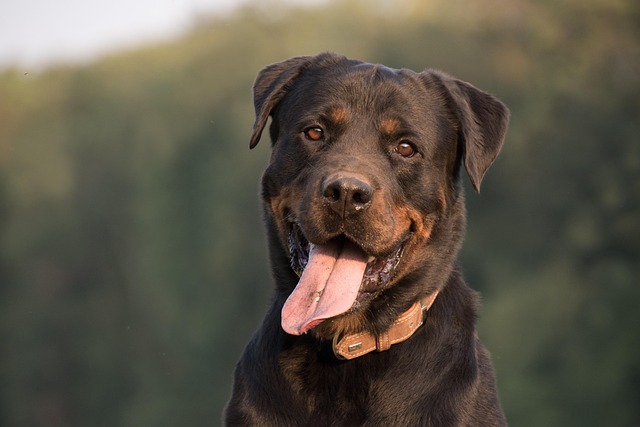
How to tell if a dog has dandruff or mites? If you’re a new dog parent in the US, you’ve likely leaned in to brush your pup and noticed small white flakes in their fur
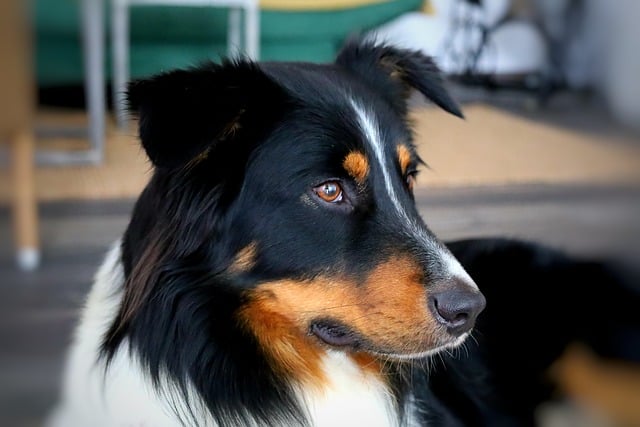
What food causes dandruff in dogs? If you’re a new dog parent in the US, you’ve probably brushed your pup and noticed a snowfall of white flakes